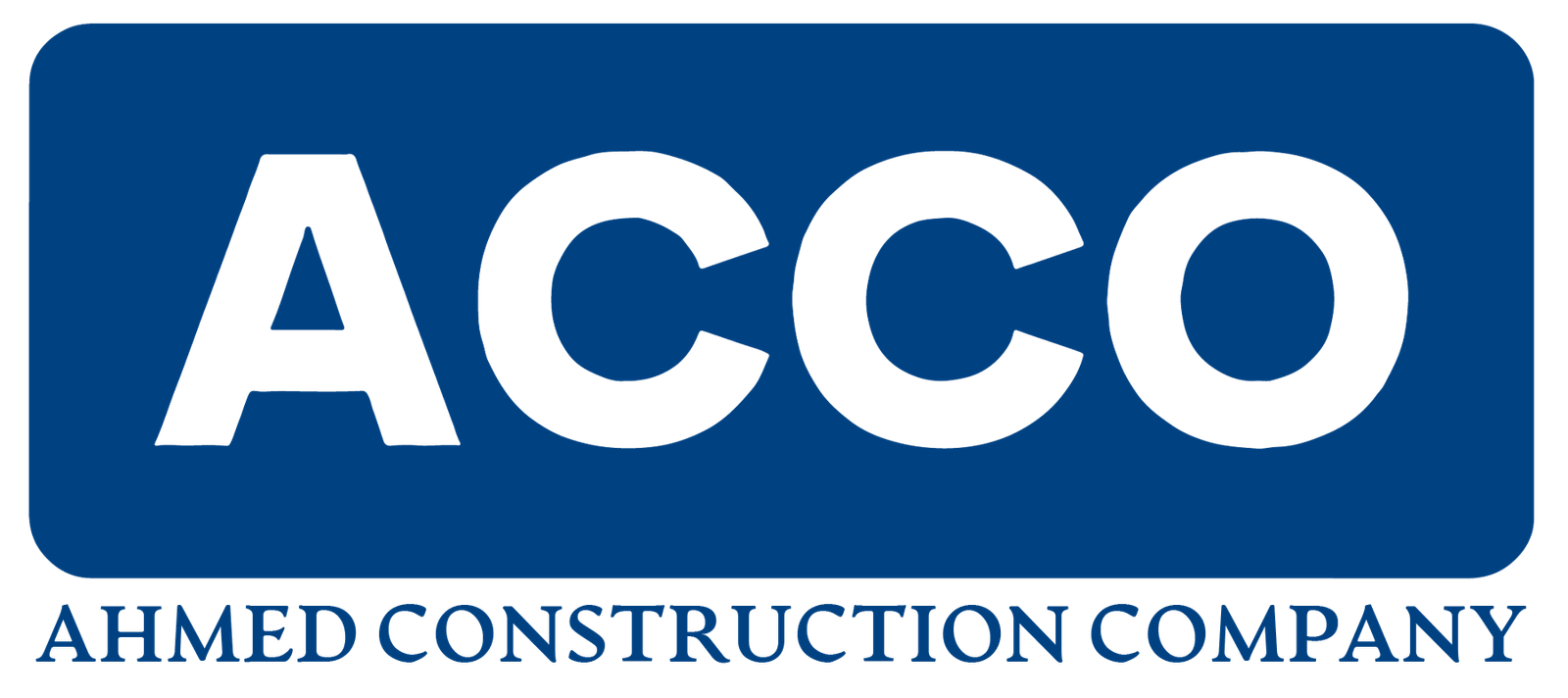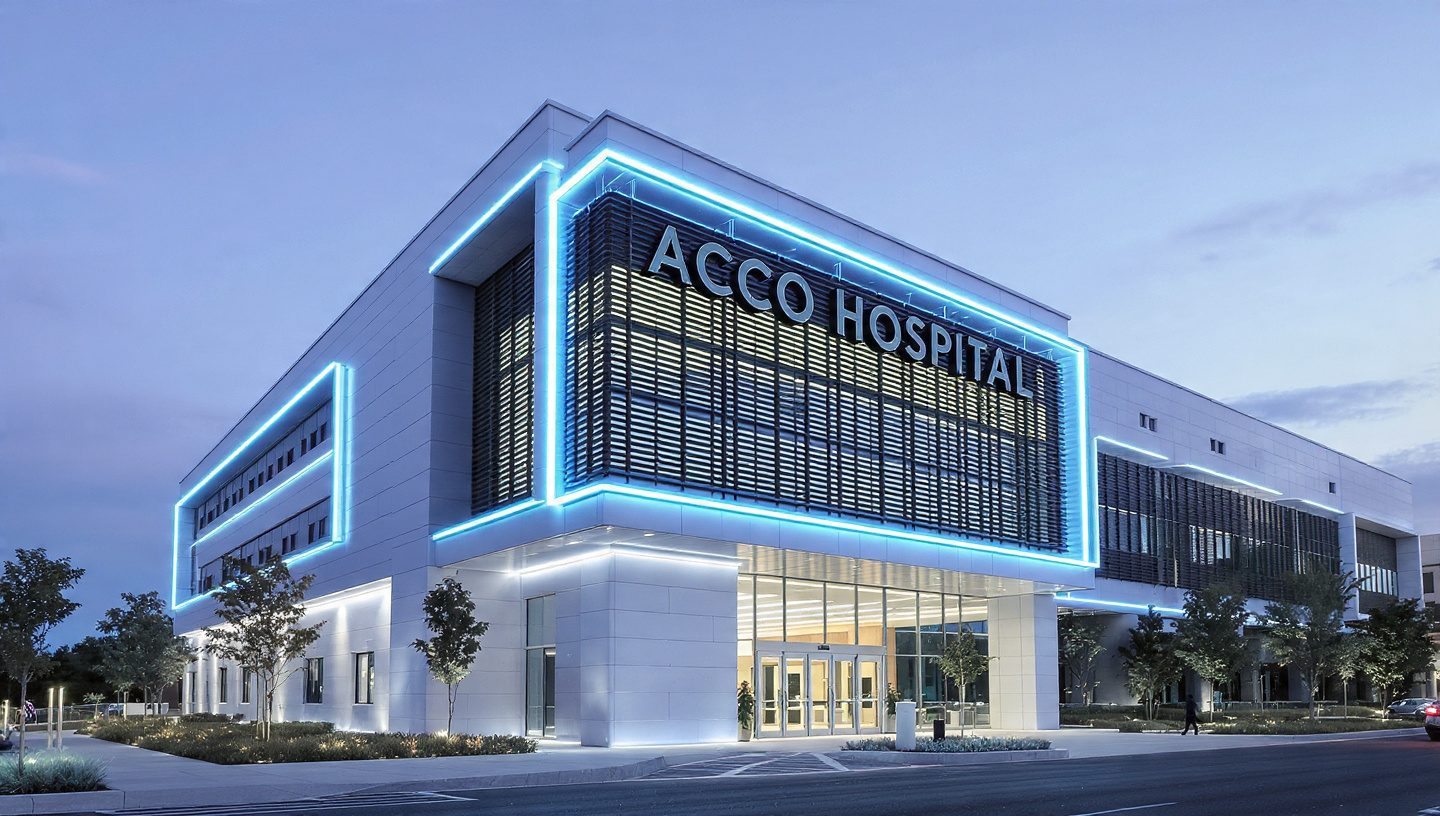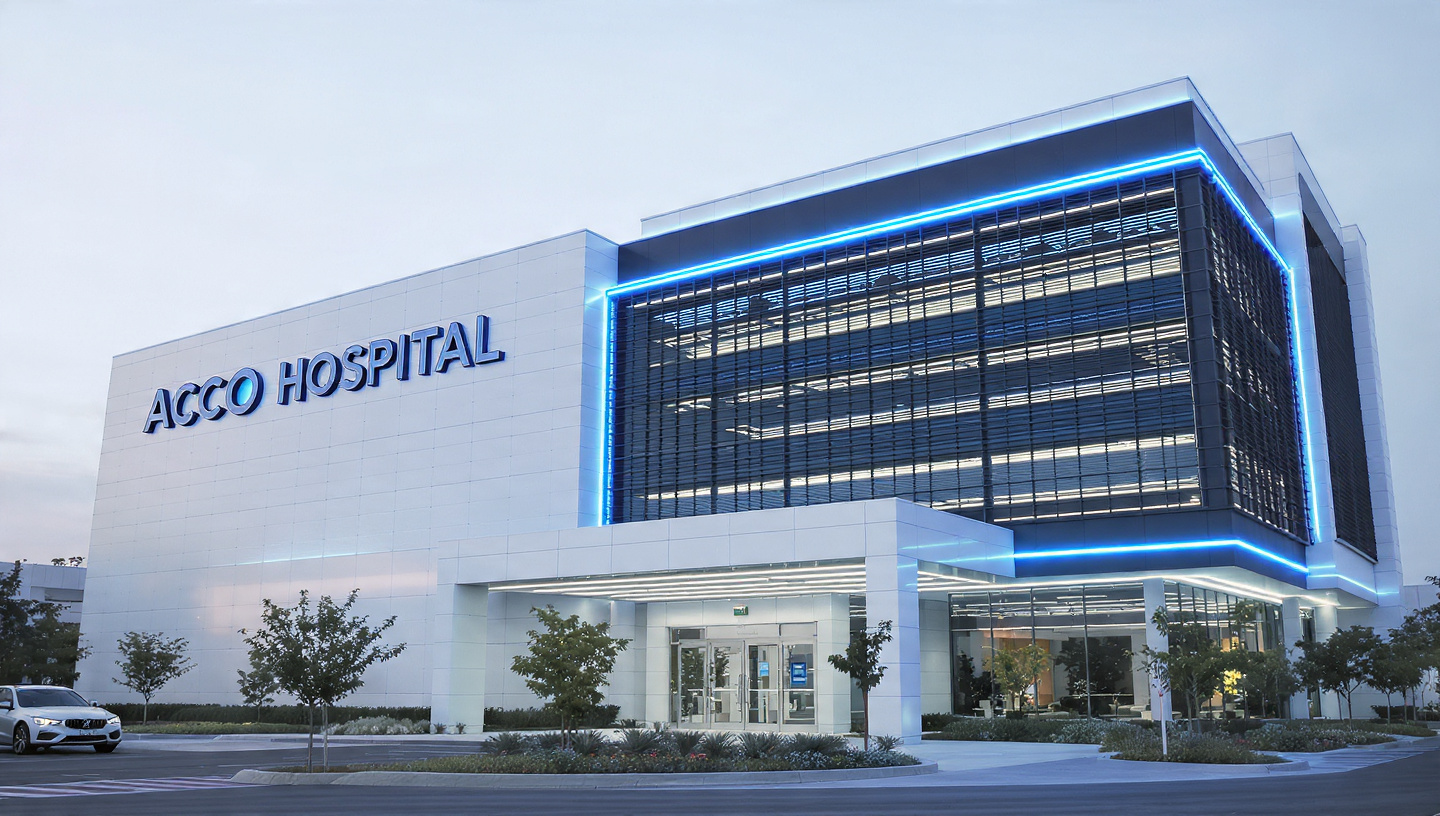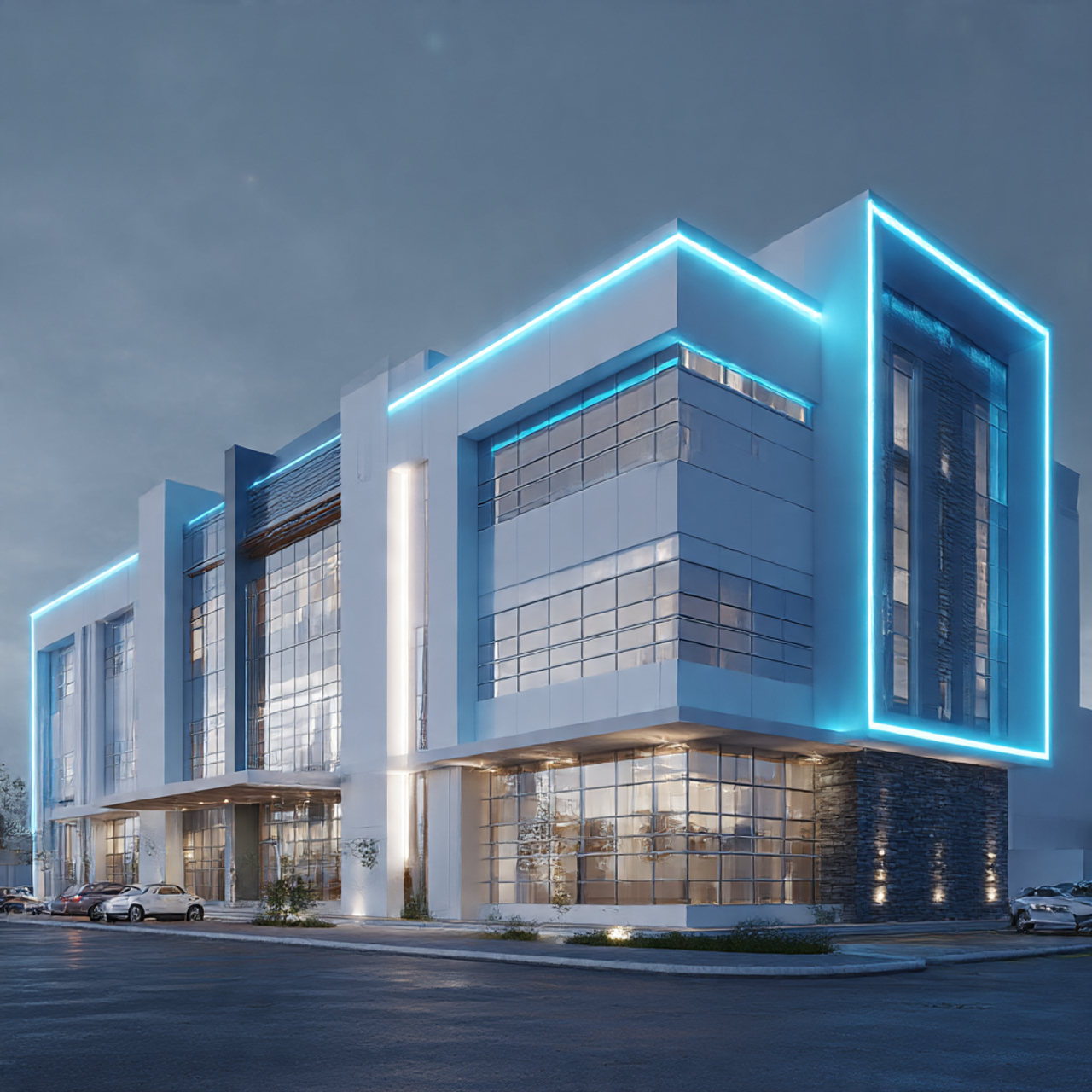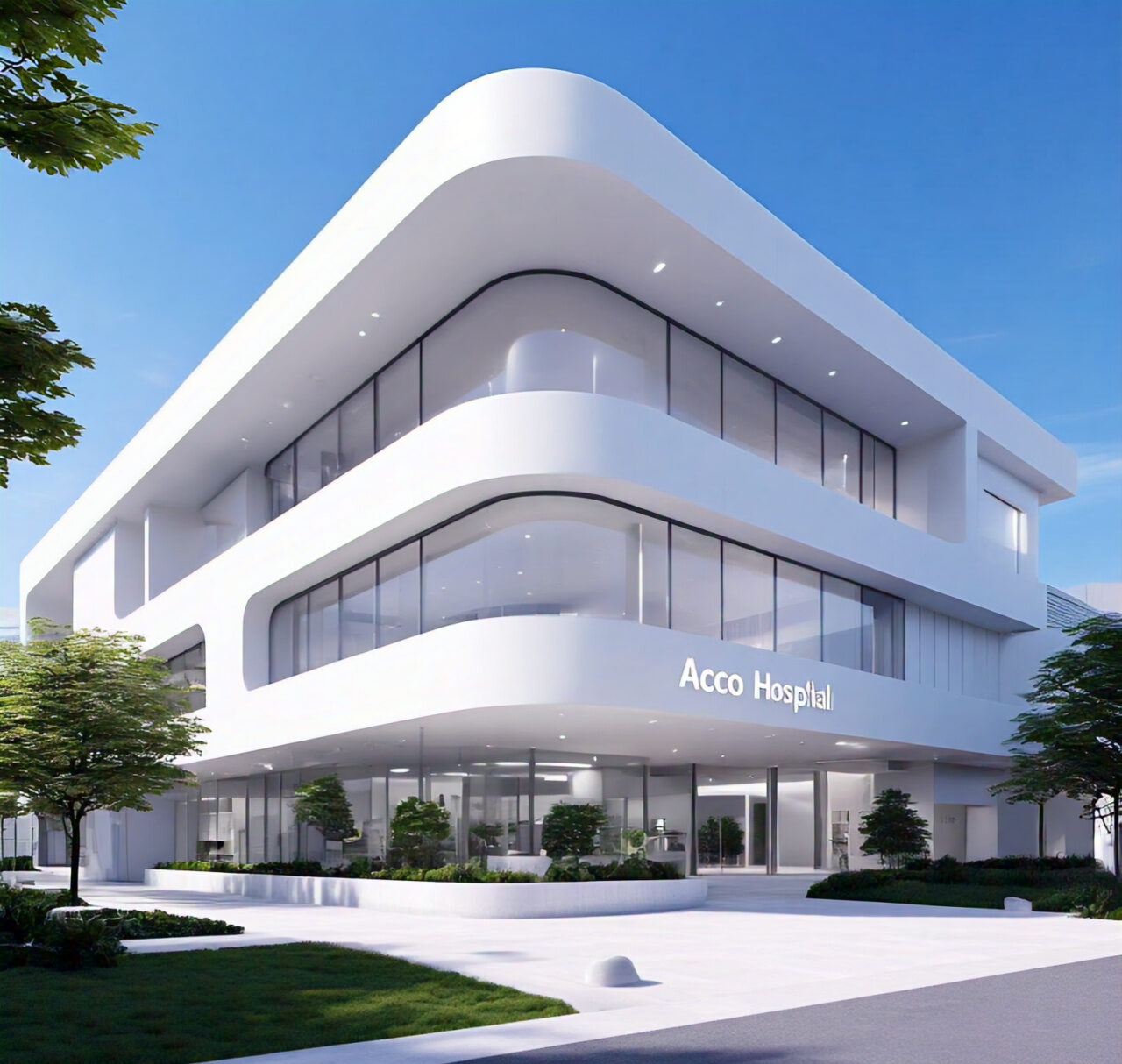
Build a Hospital in Pakistan – Cost-Effective & Reliable Solutions
Build a Hospital in Pakistan – Cost-Effective & Reliable Solutions
Outline:
Introduction
Importance of hospitals in Pakistan
Challenges in hospital construction
Understanding the Need for Modern Hospitals
Increasing demand for healthcare facilities
Importance of compliance with international standards
Planning & Designing a Hospital in Pakistan
Key considerations in hospital planning
Role of architects and medical planners
Compliance with local and international regulations
Turnkey Hospital Construction – A Hassle-Free Solution
What is turnkey hospital construction?
Benefits of opting for a turnkey solution
Cost-Effective Hospital Construction Strategies
Budget planning and cost estimation
Using locally available materials to reduce costs
MEP Services – The Backbone of a Modern Hospital
Electrical systems
HVAC solutions
Plumbing & medical gas systems
Interior & Finishing – Enhancing Patient Experience
Importance of patient-friendly interiors
Designing for comfort and efficiency
Choosing the Right Construction Partner
Why experience matters
Evaluating a contractor’s expertise
Hospital Equipment and Technology Integration
Role of advanced medical equipment
Digital health solutions
Ensuring Compliance and Quality Standards
International and local healthcare regulations
Quality assurance in hospital construction
Sustainability and Energy Efficiency in Hospital Design
Eco-friendly hospital designs
Energy-efficient building materials
Legal and Regulatory Framework for Hospital Construction
Licensing and approvals
Environmental and safety regulations
Challenges in Hospital Construction & How to Overcome Them
Common obstacles in construction
Solutions for smooth execution
Success Stories of Hospital Construction in Pakistan
Case studies of well-established hospitals
Conclusion & Final Thoughts
Key takeaways
The importance of choosing the right partner
Introduction
Healthcare is a fundamental necessity, and the demand for modern, well-equipped hospitals in Pakistan is growing rapidly. Whether it’s a small community hospital or a large medical complex, the key to success lies in cost-effective and reliable construction solutions.
Understanding the Need for Modern Hospitals
The healthcare sector in Pakistan has seen significant growth in recent years. With an increasing population and rising healthcare awareness, the demand for hospitals with modern medical infrastructure has surged. To ensure efficient healthcare delivery, hospitals must be built with compliance to international healthcare standards.
Planning & Designing a Hospital in Pakistan
Proper hospital planning is essential for smooth operations. The design phase involves multiple aspects such as:
Space planning for emergency rooms, ICUs, and wards
Proper ventilation and hygiene measures
Compliance with healthcare safety standards
Hiring experienced architects and medical planners ensures that all essential aspects are incorporated into the hospital design.
Turnkey Hospital Construction – A Hassle-Free Solution
Turnkey hospital construction is an all-in-one solution where a contractor handles everything from planning to execution. This approach ensures:
Faster project completion
Budget-friendly solutions
Minimal stress for hospital owners
Cost-Effective Hospital Construction Strategies
Building a hospital requires significant financial investment. Some ways to reduce costs without compromising quality include:
Efficient budget planning
Using cost-effective local materials
Smart energy-saving solutions
MEP Services – The Backbone of a Modern Hospital
Mechanical, Electrical, and Plumbing (MEP) services play a crucial role in the functionality of hospitals.
Electrical Systems – Ensuring uninterrupted power supply for critical medical equipment.
HVAC Solutions – Maintaining a healthy indoor air environment.
Medical Gas Systems – Providing essential medical gases like oxygen and anesthesia.
Interior & Finishing – Enhancing Patient Experience
Hospital interiors should focus on comfort, hygiene, and functionality. Patient-friendly interiors include:
Non-slippery floors
Noise-reducing materials
Comfortable furniture and lighting
Choosing the Right Construction Partner
A hospital’s success depends on choosing a reliable construction partner. Factors to consider include:
Industry experience
Previous hospital projects
Compliance with safety and quality standards
Hospital Equipment and Technology Integration
Modern hospitals require cutting-edge technology for better healthcare delivery. Important considerations include:
Integration of digital health solutions
Advanced medical imaging systems
Telemedicine capabilities
Ensuring Compliance and Quality Standards
Building a hospital in Pakistan requires adherence to local and international healthcare regulations. Compliance ensures:
Safety of patients and staff
Proper medical waste disposal systems
Infection control measures
Sustainability and Energy Efficiency in Hospital Design
Eco-friendly hospitals are the future. Sustainable construction practices include:
Use of solar energy
Water recycling systems
Energy-efficient lighting and insulation
Legal and Regulatory Framework for Hospital Construction
Before starting construction, it’s crucial to obtain the necessary approvals. This includes:
Building permits from regulatory authorities
Environmental safety clearances
Compliance with building codes
Challenges in Hospital Construction & How to Overcome Them
Common challenges in hospital construction include:
High construction costs
Delays due to regulatory approvals
Shortage of skilled labor
Solutions to these problems involve strategic planning, hiring experienced contractors, and ensuring timely procurement of materials.
Success Stories of Hospital Construction in Pakistan
Several successful hospital projects in Pakistan serve as benchmarks for new hospital construction. These include:
Shaukat Khanum Cancer Hospital
Indus Hospital Network
Aga Khan University Hospital
Conclusion & Final Thoughts
Building a hospital in Pakistan requires careful planning, cost-effective solutions, and expert guidance. By choosing the right construction partner like ACCO, you can ensure a seamless hospital construction experience with modern facilities and compliance with all necessary standards.
FAQs
1. How much does it cost to build a hospital in Pakistan?
The cost varies based on size, location, and facilities, but a standard hospital can cost between PKR 200 million to PKR 1 billion.
2. How long does it take to construct a hospital?
On average, a hospital takes 12-36 months to complete, depending on the complexity of the project.
3. What are the essential departments in a hospital?
A hospital typically includes emergency rooms, ICUs, operation theaters, outpatient clinics, and diagnostic labs.
4. What are the legal requirements for hospital construction in Pakistan?
Hospitals must comply with local building codes, obtain NOCs, and meet healthcare safety standards.
5. Why choose ACCO for hospital construction?
With 25+ years of experience, ACCO provides cost-effective, reliable, and turnkey hospital construction solutions in Pakistan.
Please don’t forget to leave a review.
Explore more by joining me on Patreon
How Much Does It Cost to Build a Hospital: Construction Cost
Building a hospital is a significant undertaking that requires meticulous planning, substantial investment, and a thorough understanding of various cost components. In Pakistan, the construction cost of a hospital can vary widely based on factors such as location, size, design complexity, and the quality of materials used. This article delves into the key considerations and provides an overview of the estimated costs involved in constructing a hospital in Pakistan.
Factors Influencing Hospital Construction Costs
Location: The geographical location of the hospital significantly impacts construction costs. Urban areas typically have higher land and labor costs compared to rural regions. Additionally, accessibility to resources and infrastructure can affect overall expenses.
Size and Capacity: The number of beds and the total floor area are primary determinants of cost. Larger hospitals with more beds require more extensive facilities and services, leading to higher costs.
Design and Architecture: Complex architectural designs and the inclusion of specialized medical facilities can increase construction costs. Compliance with healthcare standards and regulations also plays a crucial role.
Materials and Equipment: The choice of construction materials and medical equipment quality directly influences the budget. High-quality materials and state-of-the-art equipment ensure durability and better patient care but come at a higher price.
Labor Costs: Skilled labor is essential for hospital construction. The availability and cost of qualified professionals, including architects, engineers, and construction workers, can vary based on the region and project requirements.
Estimated Construction Costs in Pakistan
The construction cost per square foot for a hospital in Pakistan ranges from PKR 4,500 to PKR 6,000, depending on factors like location, size, and type of hospital. For instance:
- 30-Bed Hospital: Approximately 15,000 sq.ft. with an average cost of PKR 67.5 million.
- 60-Bed Hospital: Approximately 30,000 sq.ft. with an average cost of PKR 135 million.
- 100-Bed Hospital: Approximately 50,000 sq.ft. with an average cost of PKR 225 million.
- 120-Bed Hospital: Approximately 60,000 sq.ft. with an average cost of PKR 270 million.
- 300-Bed Hospital: Approximately 150,000 sq.ft. with an average cost of PKR 675 million.
- 500-Bed Hospital: Approximately 250,000 sq.ft. with an average cost of PKR 1,125 million.
Source: ACCO Pakistan
Cost Breakdown
Land Acquisition: Costs vary significantly based on location and size. Urban areas may have higher land costs compared to rural regions.
Construction: Includes expenses for building the structure, such as materials, labor, and compliance with safety and health regulations.
Medical Equipment: Investment in medical equipment is substantial, often accounting for a significant portion of the total budget. For example, a 100-bed hospital may require an investment of approximately PKR 9 million in medical equipment.
Operational Facilities: Costs for facilities like HVAC systems, electrical installations, plumbing, and other essential services.
Contingency Fund: It’s prudent to allocate a contingency fund to cover unforeseen expenses during construction.
Conclusion
Constructing a hospital in Pakistan involves careful consideration of various factors that influence the overall cost. By understanding these components and planning accordingly, stakeholders can ensure the successful completion of a hospital project that meets the healthcare needs of the community.
For more detailed information and assistance with hospital construction projects, you can contact Ahmed Construction Company (ACCO) at info@acco.com.pk or call +92 322 8000 190
